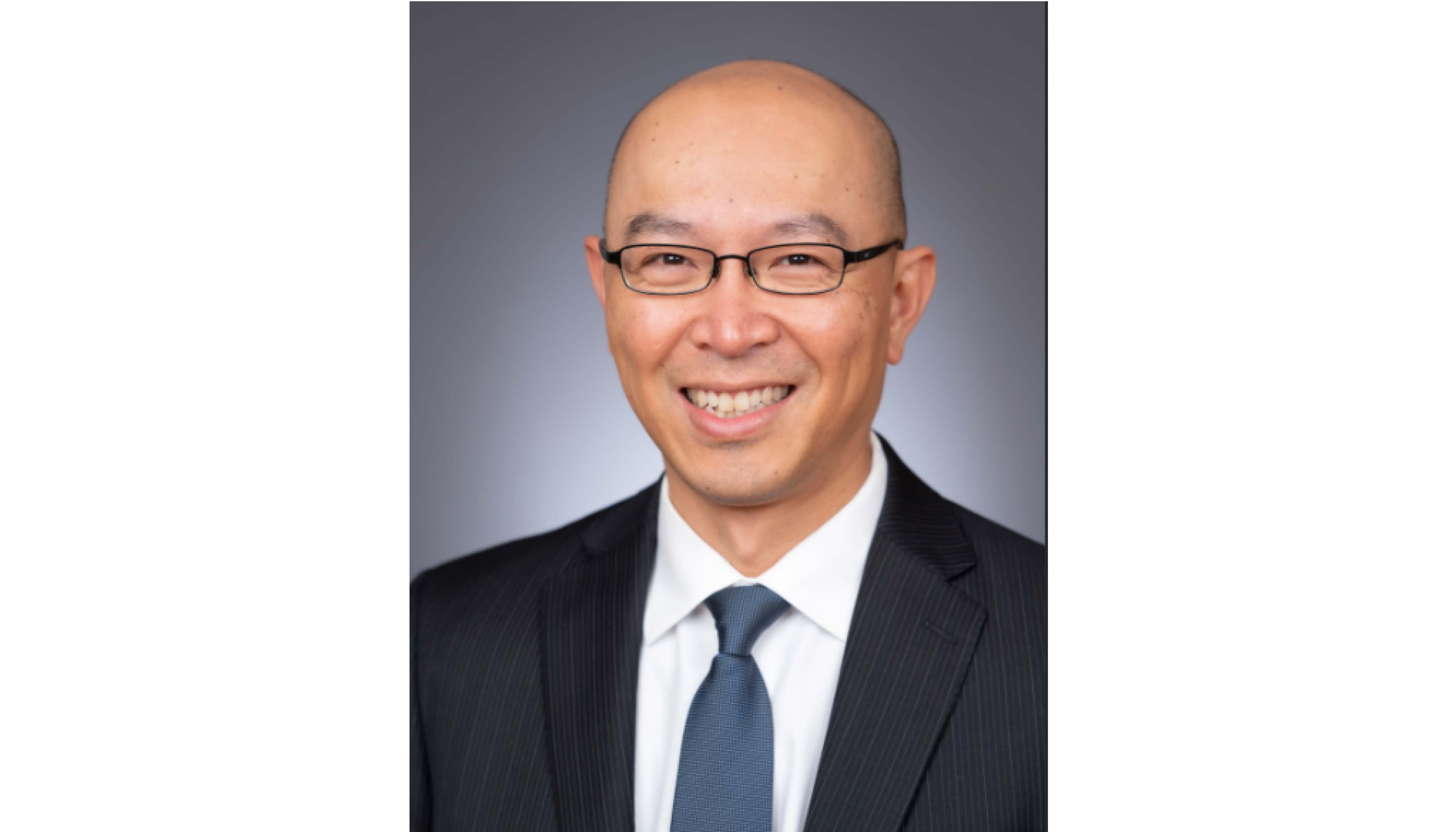Dr. Lui recently answered frequently asked questions about telehealth, an important technology to help On Lok PACE and other On Lok programs deliver services during the pandemic, and beyond. What is telehealth? “Telehealth is the provision of healthcare via interactive audio and video telecommunications systems. At On Lok, we utilize Zoom as our telehealth platform.” What equipment is required for telehealth visits? “All you need is a device capable of audio and video transmissions with internet access, such as a tablet, cell phone or personal computer.” How is telehealth used to deliver care to On Lok PACE participants? “In our efforts to tailor each individual senior’s care plan to their needs, telehealth has emerged as an important mode of healthcare delivery for On Lok PACE. At the start of the pandemic, we rapidly stood up our telehealth program so that by March we were already conducting our first face-to-face medical visit using telehealth. At the present, telehealth is used for about 30 percent of our medical visits. Other members of our interdisciplinary care teams, such as physical therapists, occupational therapists and activities staff have also been utilizing Zoom/telehealth.” How does telehealth help On Lok care for seniors in On Lok PACE and other programs? “Telehealth enables seniors to receive care and services without leaving their homes. During the pandemic, this decreases infection risk by minimizing potential exposure. For seniors enrolled in On Lok PACE who live far from On Lok PACE centers, telehealth is a useful and convenient way of receiving care.” What conditions can be treated with telehealth? “Most chronic and acute conditions can be assessed and managed via telehealth, as a good medical history often makes up 80-90 percent of the data used in medical decision-making. A thorough history and review of systems remain the mainstay of making a medical diagnosis. While limited, some physical examination may be done with telehealth by visual inspection, for example by observing how a patient is breathing or a skin condition. Where additional physical exam or diagnostic testing is determined to be necessary, an in-person visit or referral may be arranged. We also conduct home visits.” Some seniors may not be tech-savvy or have a reliable WIFI connection. How do we address these barriers? “We have developed a comprehensive digital strategy to address technology gaps such as lack of device, WIFI access, and know-how in accessing and navigating telehealth. For On Lok PACE participants, we may coordinate home care visits with primary care provider visits, where our home care staff bring a cellular tablet into the participant’s home to assist and enable the telehealth visit with their doctor. We can also coordinate interpreters to address language needs. Our wonderful Associate Medical Director, Dr. Namita Sahai, has been leading our Telehealth Work Group to work on process improvement and resources.” Is telehealth the medicine of the future? “Telehealth is already an important mode of healthcare delivery and will become even more so as implementation barriers decrease and user-comfort increases. In-person visits will always have a place, as they add tremendous value in terms of physical exams, diagnostics, and human touch. Telehealth is a wonderful tool to help overcome barriers posed by distance and transportation. In times of a pandemic, it helps decrease exposure risk for high-risk seniors.” Does telehealth change how we provide care? “Telehealth has actually enhanced our ability to deliver our model of high-touch care. It gives our interdisciplinary team another tool to 'touch' our participants virtually during the pandemic. At the core of the On Lok PACE model is the delivery of an individually tailored care plan by the interdisciplinary team. Where in-person visits may be limited, due to shelter-in-place or geographic distance, telehealth may help us meet the needs of our seniors’ care plan.”
Dr. Ben Lui Talks About Telehealth
